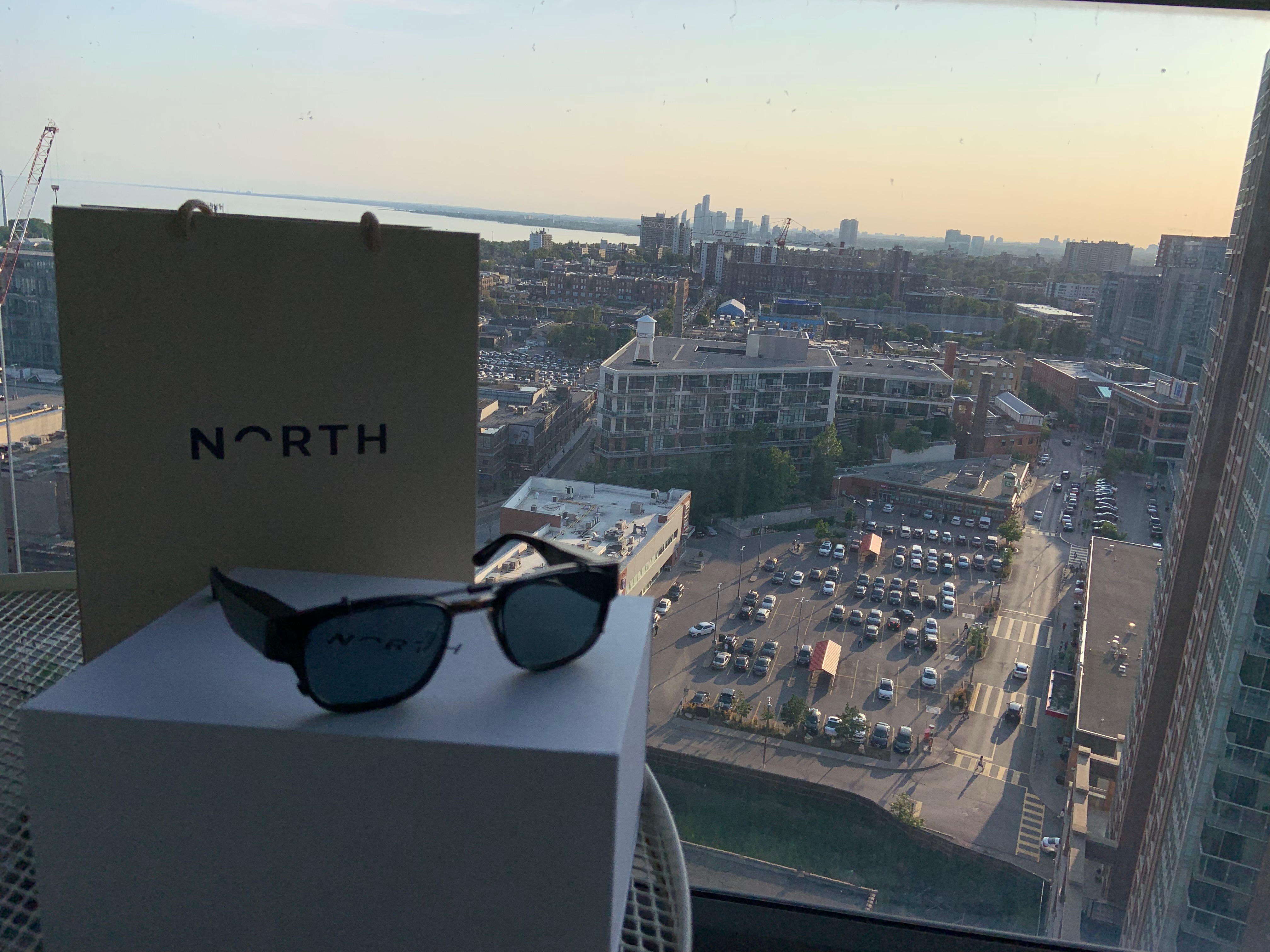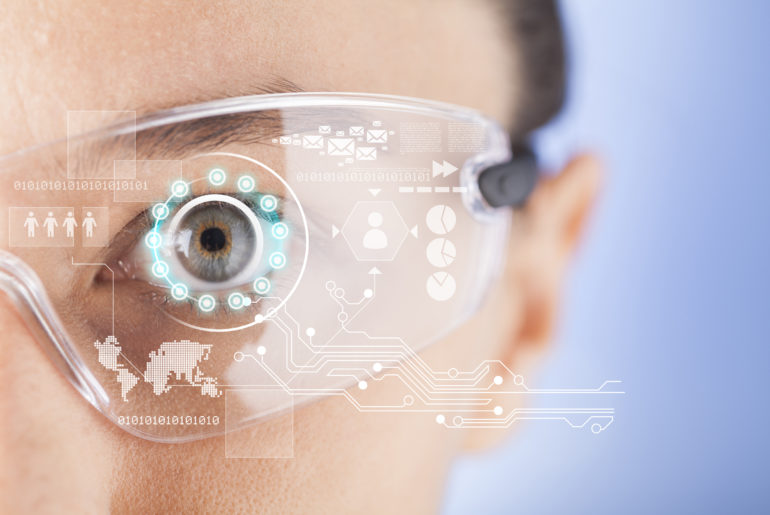For the past few years I’ve been covering the Augmented Reality and Virtual Reality (AR/VR) market and over the years I’ve seen some impressive demos. For VR headsets these usually revolved around some sort of game or other-worldly experience — the kind of stuff that’s always fun and exciting for users.But when it came to AR headsets, the demos were always somewhat dull in comparison. They undoubtedly involved diagrams, instructions, remote assistance, or some other extremely productive and sensical demonstration. That’s not to say they haven’t been great demos; it’s just that AR headsets to date have almost exclusively focused on the enterprise market and as such, they have lacked the design and flare that’s usually found in consumer products.
However, that’s slowly changing. Not only are consumers becoming more aware of AR thanks to apps and services such as Snapchat, Memoji, and, Pokemon Go, but there are also a few brands that are finally starting to create AR headsets that are targeted at consumers. A handful of brands come to mind when thinking of consumer-oriented AR headsets, including Magic Leap, Vuzix, nreal, North, and Snap Inc. Snap Inc’s product isn’t really a AR headset per se, but more of a video capture device that can implement AR effects after the fact.
Of those brands, the two shipping products today are Magic Leap and North. Though Magic Leap’s aspirations lie in the consumer market, the company is currently focused on encouraging developers to create content for its platform. Meanwhile, North, a company based in Ontario, Canada, started shipping its glasses (called the Focals) earlier this year to consumers in the US and Canada. From all the companies mentioned above, North’s approach to AR has been the simplest, and the most promising.

The Focals are indistinguishable from a pair of glasses and this alone is enough to get me excited about the future of AR for consumers. But North goes a step further by providing the wearer with a heads-up display containing notifications and contextual information based on the user’s surrounding. And since launch, the company has added functionality such as the ability to control Spotify, control presentations and provide speaker notes, and integration with Evernote. The glasses are also smart enough recognize when the user is busy conversing with others or driving in order to minimize distractions in social or unsafe situations.
Like a Smartwatch for Your Face
You’d be right in thinking that the Focals are quite similar to a modern smartwatch and that’s a good thing, as many consumers are already familiar with the concept and usage of a smartwatch. But the glasses go a step further by giving users an added level of discretion since the rest of the world is unaware of you checking and responding to notifications. They also enable the user to “be in the moment” by seamlessly blending the real world with the notifications from an online world.
As great as these glasses are, they aren’t without caveats. For starters, they must be customized for each individual user. This is a very involved process since it requires a 3D facial scan, along with a sizing appointment followed by a minimum of a 4 week wait to manufacture the glasses, and a final fitting appointment. Beyond that, like any new technology, there are limitations, particularly around the field of view; the images that are displayed cover a very small area and even the slightest shift causes the image to become blurry or disappear completely.
Looking Ahead
Despite the faults, what North has done is drawn out the blueprint for Consumer AR by taking a pair of glasses and blending them with technology. It’s this approach that has allowed me to wear “smart glasses” in public without being ashamed or scared of social backlash. Brands such as Magic Leap or the upcoming headset from real are doing something similar; however, they are approaching the problem from a different direction by taking technology and shrinking it down to a headset formfactor. The result is something more akin to goggles than glasses, but also something that is far more sophisticated and capable in terms of features and content.
It’s partly because we’re getting these tech-first, design-second headsets that we aren’t as optimistic about the Consumer AR market in the near term. Combine that with very limited distribution and availability, leads IDC’s forecast for shipments of Consumer AR headsets (excluding screenless viewers) to reach around tens of thousands of units in 2019. And we currently forecast that annual shipments for Consumer AR headsets will surpass the 1 million mark in 2022. But North’s implementation is makes me question those assumptions. Will shipments for Consumer AR headsets pass the 1 million mark sometime sooner? I think if brands who are considering launching AR headsets begin to take cues from North, then that’s far more likely.
Read more from IDC’s latest AR/VR Headset forecast:




